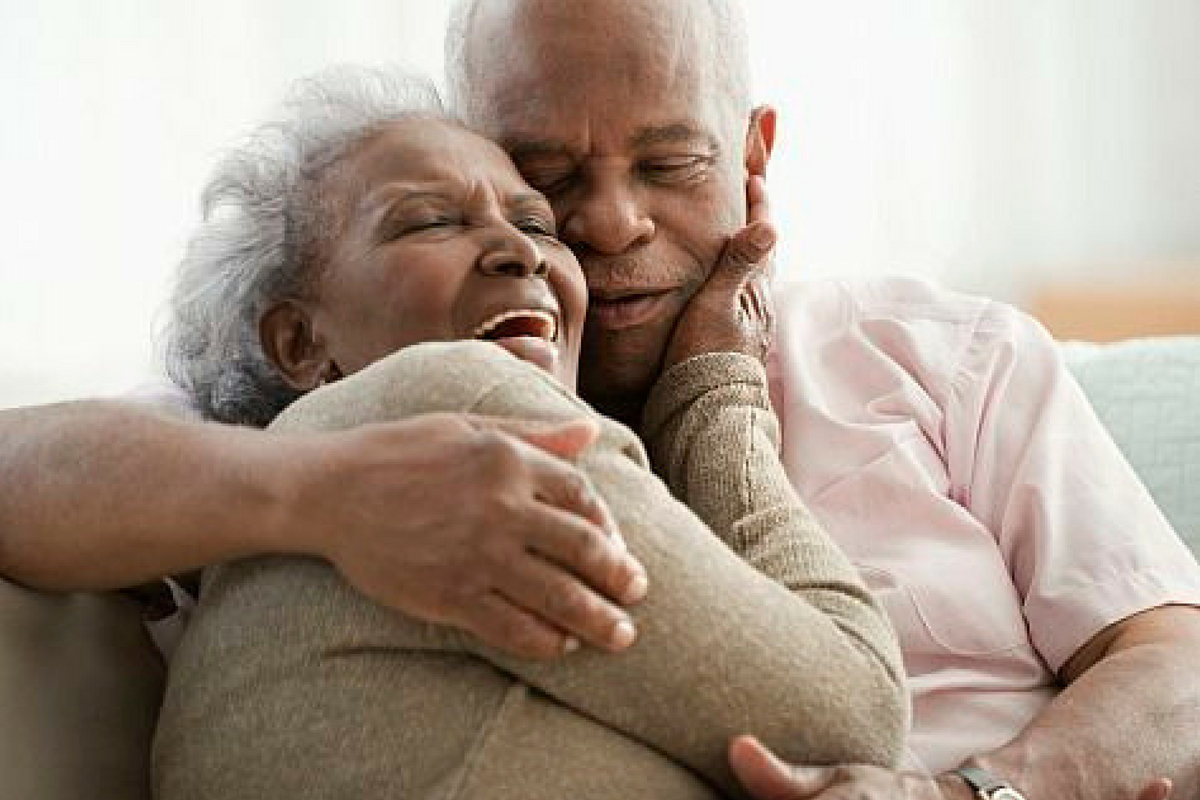Do you require any assistance? Simply reserve your appointment online below
Unstable Kneecap
Enhance your stability
Unstable Kneecap
Every time we rise from a seated position, take a stroll, or kneel to tend a garden, we are relying on the stability of our knees. The kneecap, or patella, is critical to stability in the knee joint.
The kneecap is a small bone located in the front of the knee joint where the thighbone and shinbone meet. It acts as a shield for the joint, and connects the muscles in the front of your upper leg to your shinbone. The underside of the kneecap is covered with slippery cartilage that allows the bones in the joint to glide smoothly as your leg moves.
When you present with these symptoms, your knee specialist in Kenya at NSOC evaluates your knee instability and helps you regain a smooth movement.
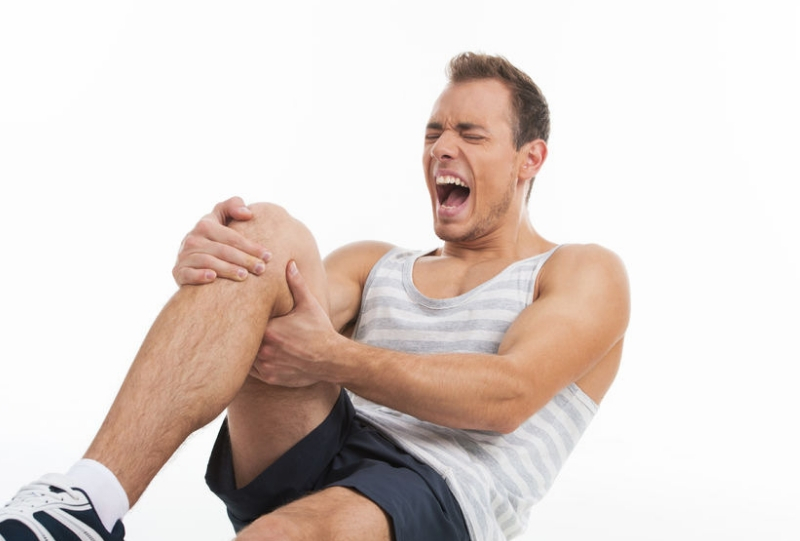
Causes of an Unstable kneecap
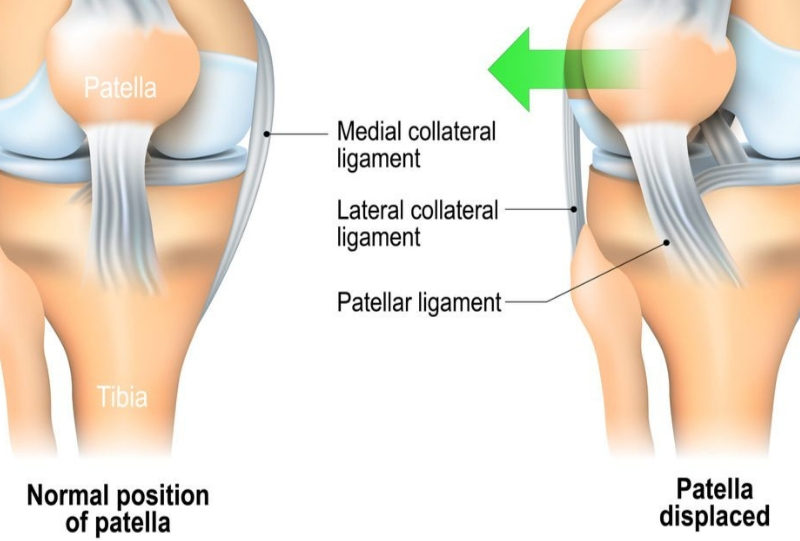
When the patella is pulled out of the groove towards the outside of the knee it causes patella instability, sometimes referred to as patella subluxation. Depending on the severity of the knee cap instability, this improper tracking may lead to dislocation of the patella (where the kneecap fully comes out of the groove).
Knee cap instability is usually a result of repeat patellar dislocations or subluxations. Initial knee cap dislocations occur from a violent twist with your foot planted on the ground. Often the patella slides back into place when you straighten your knee.
There are several factors implicated in the cause of patellar subluxation. Possible factors include:
A wider pelvis
A shallow groove for the kneecap
- Abnormalities in gait
- A misaligned patella
An unstable knee cap might also be caused by a traumatic event ,when an accident has happened to cause a sudden twisting of the knee or an a traumatic event when no specific injury has occurred, but there are abnormalities in the gait.
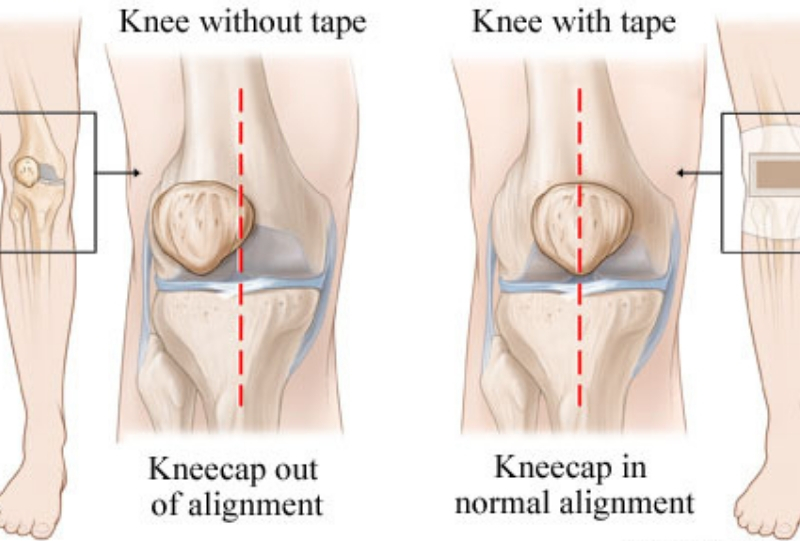
The symptoms that signal an unstable kneecap include the following:
- A sense that the knee is buckling and can no longer support your weight.
- The kneecap slips off to the side of the joint and no longer feels as though it is in the proper position.
- When you bend or straighten your leg, there’s a catching sensation in the knee joint.
- Pain in the front of your knee that increases with activity.
- Stiffness or swelling in the knee.
- Creaking or cracking sounds during movement
How is an unstable knee diagnosed?
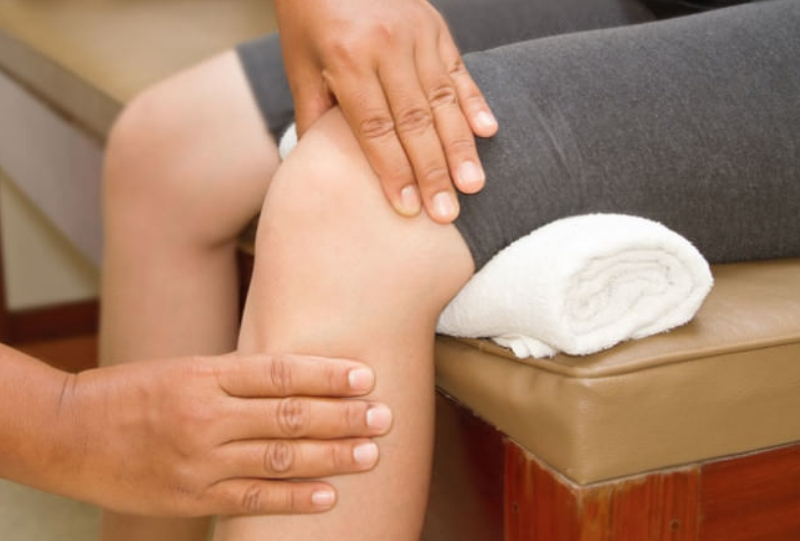
During the physical examination, your doctor may ask you to walk around or to straighten and bend your knee. The doctor may carefully feel the area around your kneecap and take measurements to determine if the bones are out of alignment or if the thigh muscles are weak.
X-rays may be recommended to see how the kneecap fits in its groove. Your doctor will also want to eliminate other possible reasons for the pain, such as a tear in the cartilage or ligaments of the knee.
Treatment options of an unstable kneecap
Treatment of the unstable kneecap is first to ensure that the kneecap is not dislocated. In patients with a kneecap dislocation, the kneecap may need to be repositioned, or “reduced.”
General treatment of patellar subluxation includes:
- Physiotherapy – This involves following an exercise program, which promotes the strengthening of the quadriceps muscle to realign the pull on the patella or the kneecap. Also strengthening of the hip abductors and flexors may offer better control of the patella.
- Bracing – Taping, or the use of a brace on the kneecap, can assist in some cases, however it is not a long-term solution.
- Better Footwear – Choosing the correct footwear may help to control your gait while running and decrease the pressure on the kneecap.
When these conservative treatments yield an unsatisfactory response, surgical correction may be recommended.
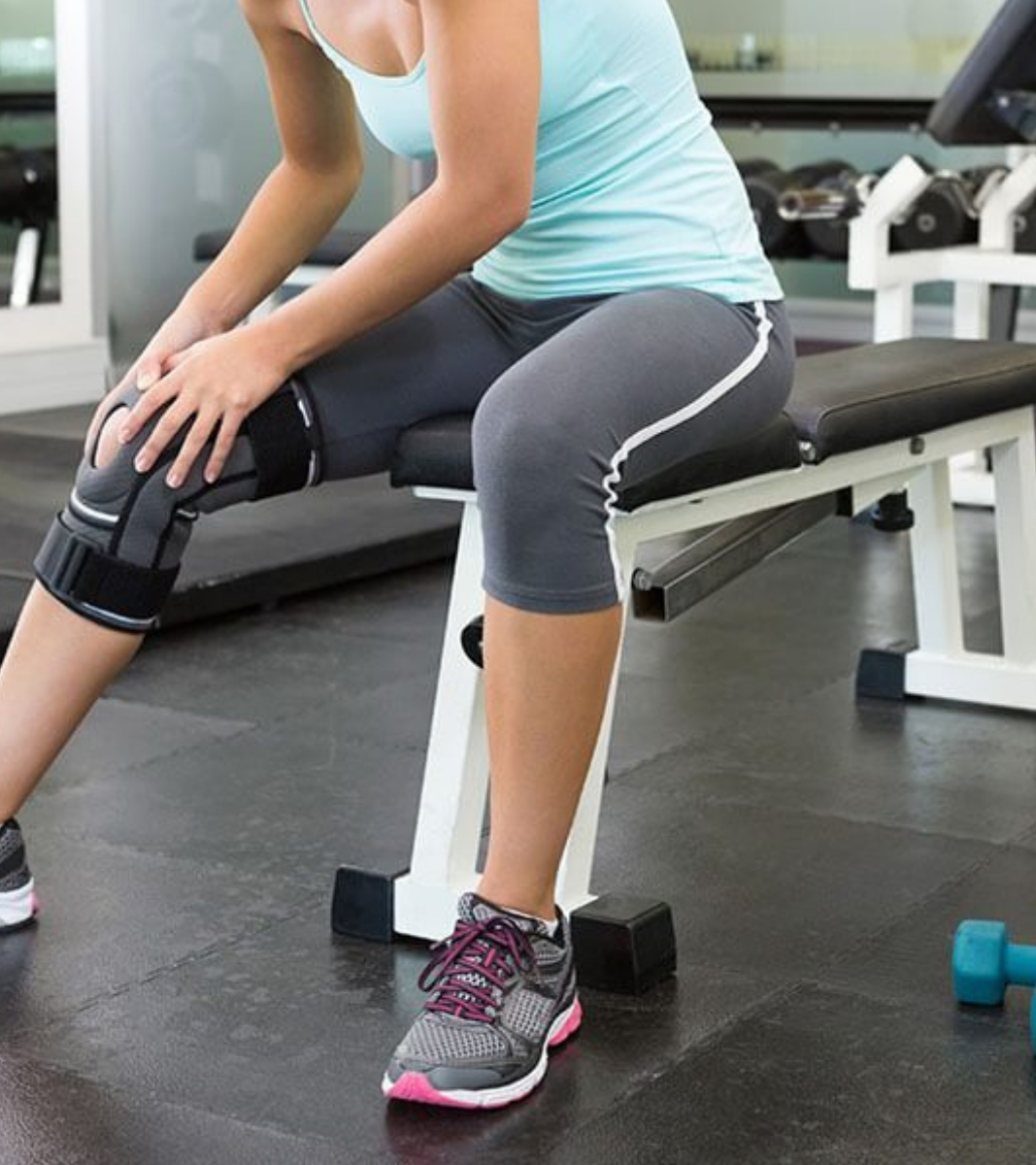
Return to your regular activities
Surgical treatment of an unstable kneecap

The best indicators for surgery are for the kneecap that does not line up properly within the femoral trochlear groove, and/or the kneecap that subluxes or dislocates.
Considering the type and severity of injury, your knee surgeon decides on the surgical repair or reconstruction of the joint by replacing the damaged parts with prosthesis.
A knee arthroscopy can be considered, this allows the surgeon to see the structures of the knee and any damage that is present.
One common malalignment of the kneecap is the result of too much lateral tension. This pulls the kneecap out of its femoral groove causing dislocation. The surgeon can perform a lateral release which involves cutting the tight lateral ligaments which then allows the kneecap to return to its normal position.
Many patients that ultimately need surgery require an open patella realignment surgery. This is called a tibial tubercle osteotomy.
The tibial tubercle is where the patellar tendon inserts. Tibial tubercle osteotomy involves cutting the tibia tubercle and shifting it medial and sometimes anterior.
The tubercle is then held in place with screws. This procedure realigns your patellar or kneecap so that it sits in the femoral groove. Return to full activity after a tibial tubercle osteotomy is about 4-6 months.
